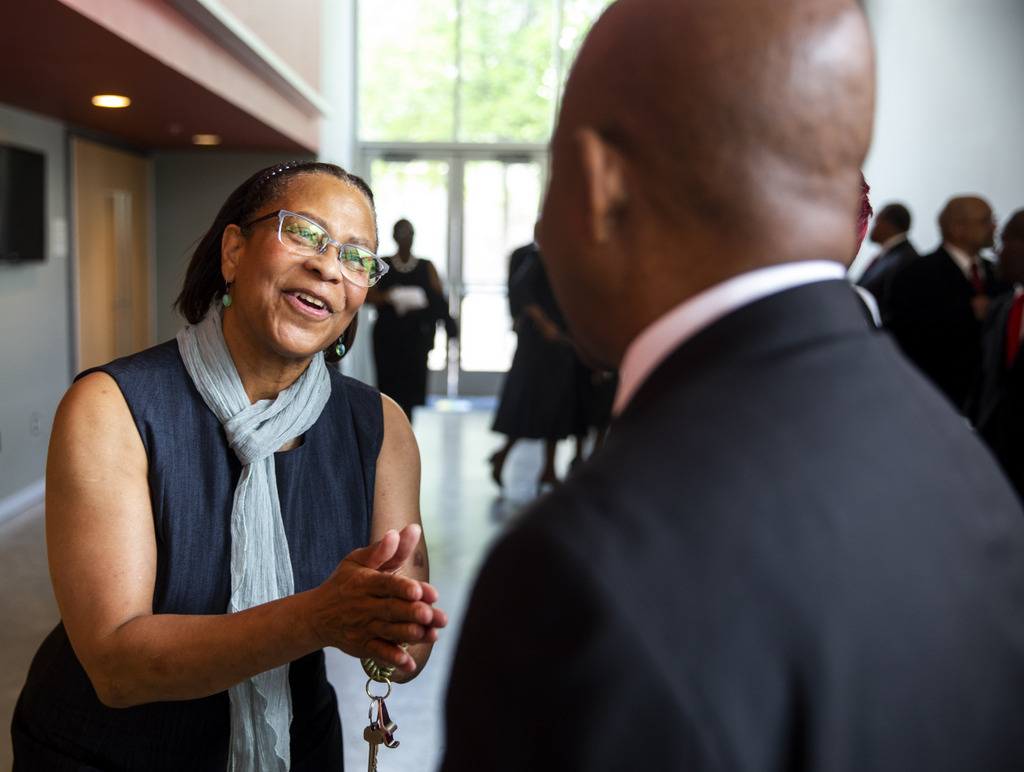[ad_1]
By SARA COELLO The Dallas Morning News
DALLAS (AP) — Fifty years after desegregation separated classmates at Booker T. Washington Technical High School in Dallas, the class of 1969 turned its recent reunion into a belated convocation.
The Dallas Morning News reports although some alumni had graduated from the all-Black trade school, others had begun the process of desegregating the Dallas Independent School District by attending historically White schools closer to their own homes.

Dozens of former students of the class of 1969 gathered to share memories in the state-of-the-art auditorium behind what is now Booker T. Washington High School for the Performing and Visual Arts. The celebration also honored students who would have graduated in 1970 had officials not closed the school that year.
Their commencement ceremony may have been unofficial, but it came complete with red-ribboned diplomas and candles to honor friends who had died.
It was the first time Amen Kafele of Irving got to celebrate with the students he has always considered his classmates.
Given the choice in 1969 to continue at Booker T. or attend a White school closer to home, he felt it was his duty to begin the process of bringing equality to Dallas.
“It was not pleasant, but it needed to be done,” he said. “But this is really my high school.”
When he moved to Thomas Jefferson High, he was often the only Black person in the classroom at a school where the White students sang “Dixie” as their fight song and brought Confederate flags to football games.
The students were eager to live in a desegregated world, but it hurt to lose Booker T. as a haven, said Dallas resident Vicki Smith, who helped organize the reunion.
“The only good thing about segregation is that it made us like this,” she said, squeezing her fingers into a fist. “Coming to school was coming home.”
The school anchored Dallas’ Black community, Smith said. But in 1970, Dallas ISD closed the historic school before reopening it six years later as an arts magnet open to all students.
The 1922 building tucked between the AT&T Performing Arts Center and Moody Performance Hall is the only remaining landmark in the neighborhood for classmates whose childhood homes were razed.
“This represents what we lost,” Smith said. “I’m back to reclaim the school.”
___
Information from: The Dallas Morning News, http://www.dallasnews.com
[ad_2]
Source link
